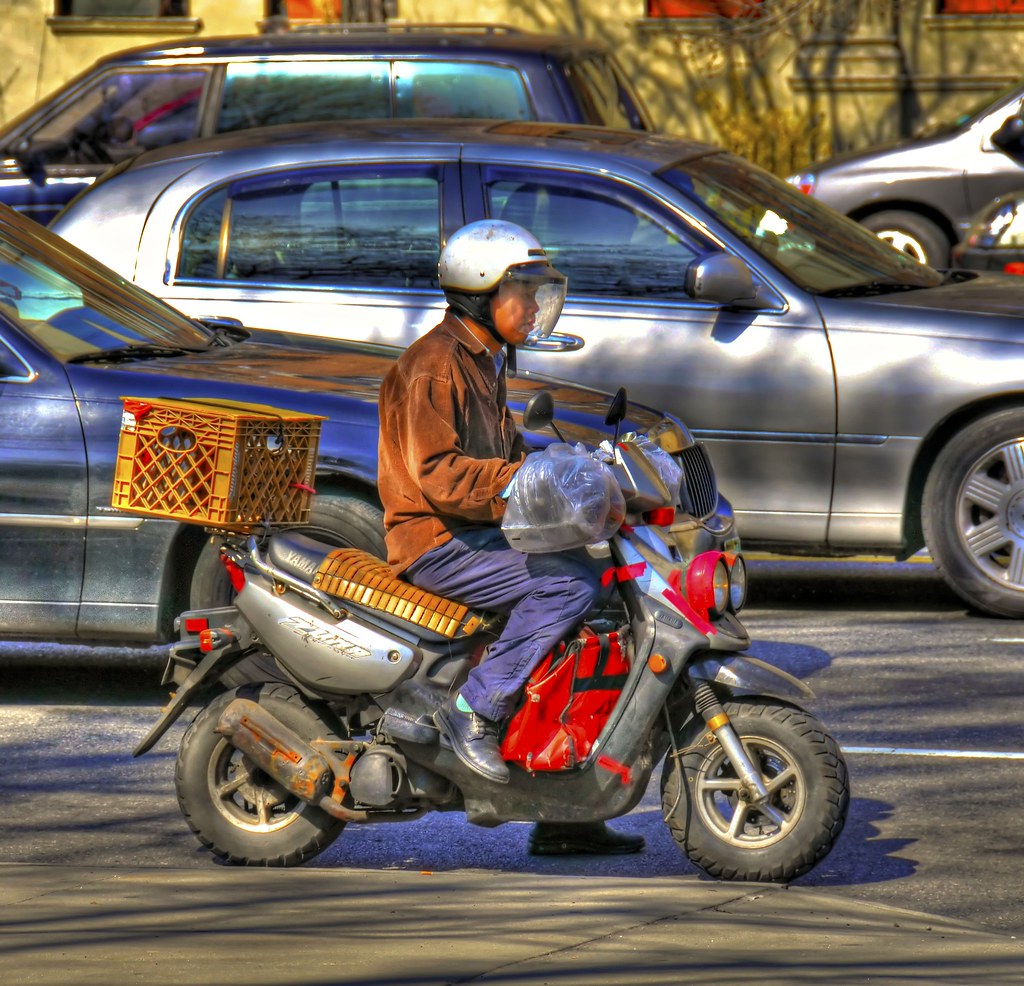Here's some "leaked" documents in ReCode about a food delivery startup called "Maple". The basic gist of the company is that instead of going to a restaurant, the restaurant comes to you (ahem: delivery). Uber has tried a delivery service that doesn't seem to be going anywhere fast. EatStreet is testing delivery because, well, a menu aggregation site only gets you so far. I could do this all day; the point is, the list of failed or failing restaurant/delivery services goes on and on.
Why?
Delivery is expensive. Duh. Add that to a meal that already has a relatively low margins, and a $10 meal becomes a $15 meal really fast. OK; still, $15 isn't bad, but for $5 I'm willing to bet most of us will either forego the $10 meal or, more likely, just run for some takeout ourselves and pocket the $5.
And, here's the thing that a lot of people forget: restaurant food is pretty expensive. It's made (and served) by people who are expensive, uses ingredients that are either modestly expensive or grotesquely bad for you and/or the environment, and goes "bad" quickly (not, as in "goes bad it will kill you" like with spoiled or contaminated food, but as in "goes bad and you will complain it's too cold and/or soggy" or whatever).
[ed note: I'd normally provide evidence for each of things I've claimed above. I feel that doing so would detract from a relatively concise point I'm trying to make, so I will leave it to you to go find evidence (dis)proving the things I've claimed if you care to]
People underestimate the impact of labor costs in the food that they order out. In particular, they forget that the price of the food at a restaurant only includes $2+/hr for wages for the server (and then you tip). There is lots of evidence to show that tipping is a terrible way to pay people, but the business effect is that it makes it seem like food is a lot cheaper than it actually is.
Here's a thought experiment: pretend there is a restaurant with tipped staff where a burger is $10 and you pay $2 in tips; and right next door is a restaurant of exactly equivalent quality where the burger is $12 but there is no tip. Which would you go to.
Here's a really interesting report from the USDA. Its conclusion is: "... that the demands for disaggregated FAFH [ed note: Foods Away From Home] products differ in price responsiveness and tend to be more sensitive to changes in food spending patterns than FAH [ed note: Foods at Home] products."
In normal-people speak? You're going to buy the $10 burger.
These delivery services are trying to take what the USDA calls a "premium" FAFH and "turn it into" a FAH. But, here's the rub: we seem to treat the pricing as if it's still a FAFH product. The price of delivery creates a price discrepancy between competing FAFH experiences and the USDA report says that instead of paying the premium for delivery, we're more likely to either substitute with FAH products or prefer the less-expensive (i.e., carry-out) FAFH option.
For businesses that want to "innovate" in this space this means that you (your business) needs to cut into ingrained consumer practices and attitudes. Normally this is done through costly consumer education (read: "marketing") campaigns to convince the user that your product is worth the premium. Good luck!

So, if someone can just combine a food truck that cooks food enroute to the order location and you can only get it that way (i.e. there's no brick and morter), they might have something and a new stat...FEH (Food Entoute to Home).
ReplyDelete